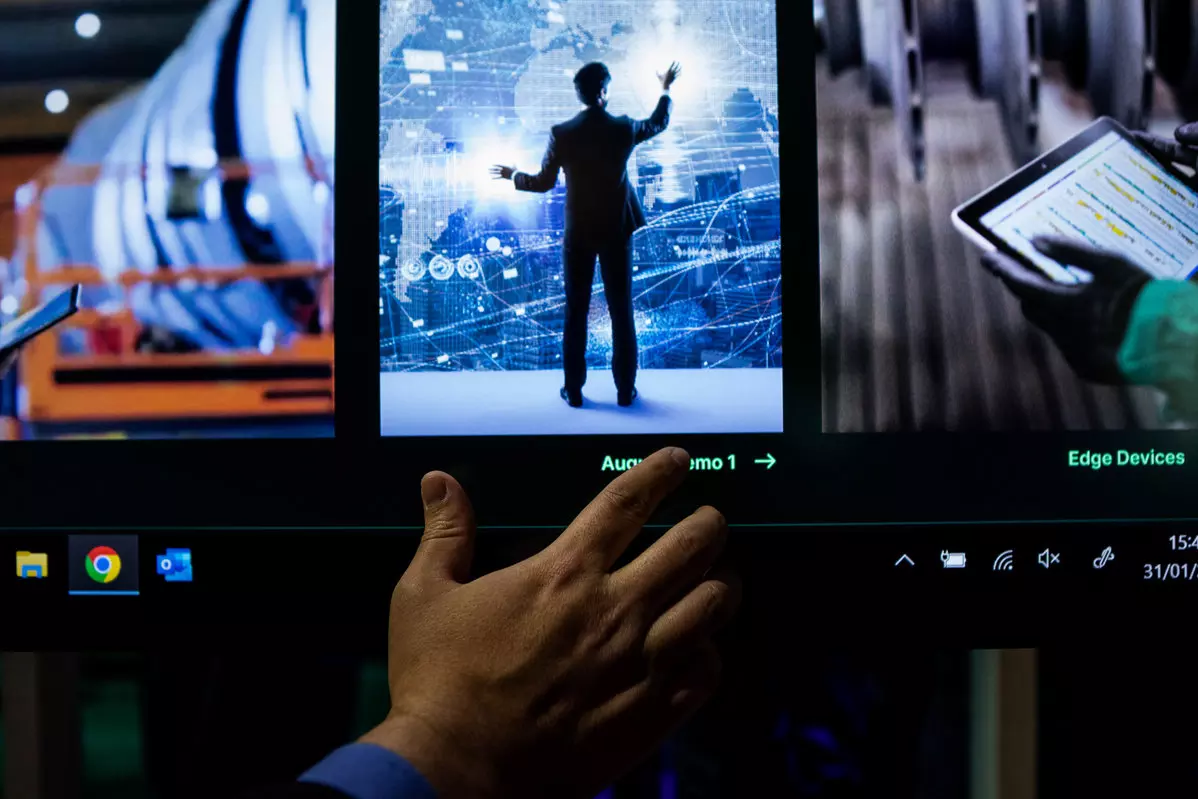Intorduction
Strainers are Protective equipment used to remove unwanted particles, debris, and impurities from industrial fluids such as water, oil, and chemicals. This is accomplished by utilizing a perforated metal, mesh or wedge wire straining element
Experience has proven the need for strainers in the protection of pumps, compressors, turbines, meters, automatic valves, sprinkler heads, burner nozzles, steam traps and other pipeline equipment.
Types of strainers
- Y strainer or Wye strainer
- Simplex strainer or Basket Strainer
- Duplex strainer or Dual Strainer
- T strainer or Tee Strainer
- Automatic strainer or Self-Cleaning strainer
- Conical strainer or temporary strainer
- Wafer type strainer | Plate or Expanded Cross Section Strainer
Materials of Construction
Hydrotherms pipeline strainers are available in a selection of materials including
- Cast Iron
- Ductile Iron
- Carbon Steel
- Low-temperature grade castings
- 304 Stainless Steel
- 316 Stainless Steel
- Alloy 20
- Chrome-Moly
- Bronze
- Nickel Aluminium Bronze
- Hastelloy C276
- Monel
Options
- Flanges position (Inline / offset / Rotated/Angled)
- Special Stainless Steel or Exotic Alloy Materials Internal Coatings, External Coatings & Galvanizing
- Steam Jacketing & Heat Reducers
- Heavy duty baskets and wedge wire
- Cover Options (Hinged, Bolted, Quick Release, Swing Bolt, Davit assembly, Pneumatic cover jacks)
- Support Legs, Skid bases and framework
- Support Legs
- Ladders & Footpads
- Overhead cover lifting equipment (Hoists, Jib arms)
- Lifting lugs
- Vents & Drains
- DP Gauge / switches & DP Transmitter connections
- DP gauges/switches & DP Transmitter Fitted with
- Manifolds
- Capillary Tubing
- Actuated Packages
- Additional ancillary connections (Flanged, Butt weld, Valve, Plugged) & Specialty Flange Connectionss
Specification
To allow the Hydrotherms to make selection or recommendations for a particular strainer, as much as possible, the following information should be provided:
- Pipe size and schedule.
- Strainer type required.
- End connections.
- Material (body, screen, bolting, gaskets).
- Pressure rating (design/operating — including shock).
- Temperature rating (design, operating, minimum).
- Straining element opening size.
- Capacity:
- Net effective open area required.
- Method of net open area calculation.
- Special requirements (hinged cover, vent tapping, jacketed, etc.).
- Applicable specifications (military specifications, special non-destructive tests or other quality control requirements).
- For automatic self-cleaning strainers, specify the
following:
- Voltage and frequency of power supply.
- Air supply pressure if available.
- Type of controls desired.
- Type of motor, switch and control panel enclosure required
A. Physical Characteristics
- Liquid:
- Description of fluid.
- Rate of flow – gallons per minute (gpm) or pounds per hour (lbs/hr).
- Viscosity – SSU
- Specific gravity or density.
- Temperature.
- Concentration (if acid or other corrosive).
- Gas:
- Description of Gas.
- Rate of flow – standard cubic feet per minute (scfm) or actual cubic feetper minute (cfm).
- Specific gravity.
- Temperature and pressure.
- Molecular weight.
- Steam:
- Rate of flow-pounds per hour (lbs/hr).
- Temperature.
- Pressure.
- Density.
- State of flow
B. Flow Data
C. Solids to be Removed
Specify the nature and relative size of the sediment. Parts per million (ppm) or percent by volume or cubic inches per hour or percent by weight can also be specified
- Clean at clean condition
- – 50% clogged.
- If strainer is to be steam jacketed, the following information for
the heat transfer fluid or steam must be given:
- Type of fluid.
- Rate of flow.
- Temperature.
- Pressure.
- Type and size connections desired.
- Material for jacket construction.
- Whether strainer end flanges are oversized to match jacketed pipe
D. Allowable Pressure Drop (psi):
Testing
- Available Types of Manufacturer Testing
- Air/Pneumatic Testing
- Pressure Drop Testing
- Helium Leak Test
- Hydrostatic Burst Test
- Shock Test
- Vibration Test
- Surge Test
- Ferroxyl Test
- Radiographic Examination
- Magnetic Particle Examination
- Dye Penetrant Examination
- Ultrasonic Testing
- Strain-Gauge Testing
- Brittle (coating) Lacquer Testing


